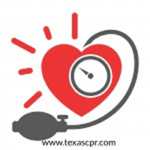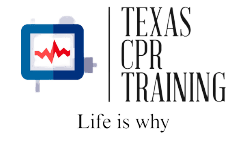
High blood pressure (HPB or hypertension) is a silent killer, many people don’t even know they have it. It’s estimated that 85 million Americans or 1 in 3 adults 20 years and older have high blood pressure. There aren’t any obvious symptoms and the damaging impact HBP can have on the circulatory system may cause a heart attack, stroke, and other potentially fatal conditions. If high blood pressure is left untreated it will damage and weaken the blood vessels potentially causing blood clots, a rupture, or a leak.
Blood pressure is the force exerted by your blood against your artery walls. When your heart pumps it forces blood through your arteries which then supplies blood to the rest of the body. When your blood pressure is taken it is measured in two numbers, the systolic and diastolic pressure. Systolic blood pressure is the pressure inside your arteries while the heart is pumping the blood. Diastolic blood pressure is when your heart is resting between beats. Your blood pressure raises when your arteries are too narrow or too stiff because your heart has to work overtime to circulate blood to the entire body.
Blood pressure is measured in millimeters of mercury (mm HG) and is recorded with the systolic number on top and the diastolic number on the bottom. When a patient’s blood pressure is being taken the medical professional classifies the results in one of five blood pressure categories; normal, prehypertension, high blood pressure stage 1, high blood pressure stage 2, and hypertensive crisis (emergency care need).
Systolic / Diastolic:
Normal: less than 120 over less than 80
Hypertension: 120 – 139 over 80-89
HBP stage 1: 140-159 over 90-99
HBP stage 2: 160 + over 100 +
Hypertensive crisis: 180 + over 110 +
The most common risk factors for high blood pressure are:
– Smoking
– Obesity or being overweight
– Excess salt in the diet
– Lack of physical activity
– Excess alcohol consumption
– Stress
– Genetics
– Older age
– Chronic kidney disease
– Sleep apnea
– Adrenal and thyroid disorders
Although there are many risk factors of high blood pressure, 95% of HBP cases are charted as essential hypertension which means the cause is undetermined. Even though the cause of essential hypertension is unclear it has been linked to certain risk factors. In the United States African Americans are twice as likely than Caucasians to have high blood pressure however the risk evens out between 44 to 65 years of age. African American women 65 and older have the highest risk of high blood pressure.
If you have been diagnosed with high blood pressure or even if you haven’t, there are lifestyle choices you can make to lower your blood pressure and reduce the risk of heart disease.
1) Lose weight:
When a person is overweight or obese their heart has to work overtime to keep the blood circulating. Extra pounds can also disrupt your breathing while you sleep (sleep apnea) which is another risk for high blood pressure.
2) Get moving
Exercising for at least 30 minutes a day 5 days a week or more can lower your blood pressure by 4 to 9 mm Hg. Stay committed to your new routine. Your blood pressure will go right back up if you stay on the couch. A activities are cycling, swimming, dancing, or jogging.
3) Eat healthy
Eating healthy is essential to a healthy lifestyle. Foods such as whole grains, fruits, vegetables, and low fat dairy products should be incorporated into your daily diet.
4) Eat less salt
Salt reduction is an easy way to reduce your blood pressure. Doctors suggest limiting your sodium intake to less than 2,300 mg a day. For those that are more sensitive to salt less than 1,500 mg is recommended
National Heart, Lung and Blood Institute
WebMD
Mayo Clinic
Get the Facts About High Blood Pressure
High Blood Pressure Symptoms and Causes
Eating Healthy
